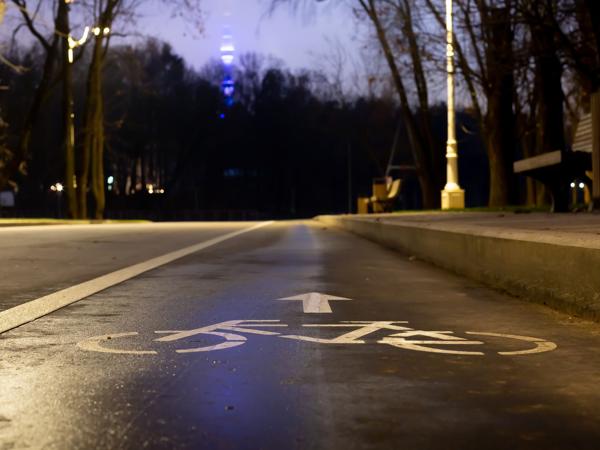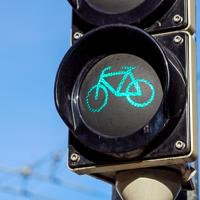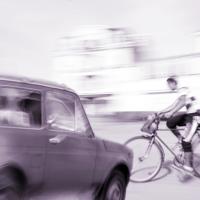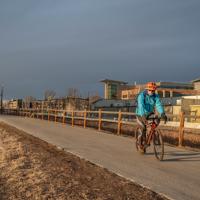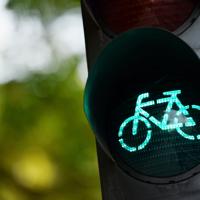Cycling at night can be a wonderful experience, offering a chance to enjoy quieter roads and cooler temperatures. However, the safety challenges also increase, particularly in terms of being seen by motorists and other road users. The good news is that there are several strategies and tools available to help improve your visibility when cycling after dark.
Reflective Gear
Reflective gear plays a crucial role in increasing a cyclist’s visibility. Items such as jackets, vests, ankle bands, and backpacks with reflective materials can catch the headlights of oncoming vehicles, making you visible from a greater distance. Consider the placement of these materials; they should be on moving parts of your body where possible, as this movement attracts more attention. Studies suggest that reflective materials positioned around the knees and ankles are particularly effective, given how they highlight the pedaling motion.
Bike Lights
Lights are not only critical for visibility; they are often a legal requirement. Equip your bike with both front and rear lights. A white light at the front is essential, while a red one at the back is standard. Blink settings can be particularly noticeable, but it’s wise to ensure your lights also have a steady mode, which can be less distracting for drivers.
For optimal effectiveness, ensure the lights are sufficiently bright—many opt for lights exceeding 200 lumens. Additionally, positioning your lights correctly can help avoid blinding other road users. Recent advancements in LED technology have made bright, rechargeable lights more accessible than ever.
Additional Lighting Options
While the basic front and rear lights are essential, adding extra lights can further improve visibility. Side visibility lights can be attached to your wheels, adding a vertical line of light that makes you noticeable from the sides. There are even pedal and spoke lights that create eye-catching patterns during motion.
Helmet lights are another option, providing high placement that can be seen over obstacles or by tall vehicles. Some cyclists also attach lights to their bags or clothing, providing even more points of light.
Clothing and Accessories
Bright and contrasting clothing can significantly increase your visibility, even without added reflective features. During winter months, brighter clothing can help address the low light conditions of early evenings and late mornings. Greta, a cycling enthusiast, shares her experience: “Switching from mostly black gear to vibrant colored jackets and helmets made a noticeable difference in how early drivers spotted me.”
Clip-on LEDs or small lights can also be attached to clothing or accessories like backpacks and helmets, offering further visibility.
Road Positioning and Behavior
Where you choose to ride on the road can significantly impact your visibility. Riding a bit further from the curb not only avoids the risk of getting “doored” but also puts you in the vision line of vehicles more directly, increasing the likelihood they’ll see you early.
Remember to signal your intentions clearly with hand signs, especially in low light conditions. This simple act helps motorists predict your movements and adjust their driving accordingly.
Environmental Awareness
Be conscious of the lighting conditions and surroundings when deciding how to stay visible. Urban environments can have a myriad of light sources, while rural roads may be almost entirely dark. Adjust your equipment and behaviors for your specific route.
In urban areas, stay aware of other distractions like brightly lit signs which may obscure your lights. Rural routes may require brighter lights and reflective gear given the absence of streetlights.
Conclusion
Riding at night need not be intimidating with the right preparations. Small actions, from enhancing lights to choosing the right clothing, contribute significantly to safety. As cyclists, it’s good to continue learning from peers and adapting practices to stay visible on the road. Personal experiences, trial and error, and shared wisdom from fellow riders can all enrich our understanding of how to safely navigate nights on two wheels.
Feel free to explore forums and speak with other cyclists about what’s worked best for them. Visibility is not about any single solution but a combination that suits your environment and personal needs. Stay safe and enjoy the ride!
